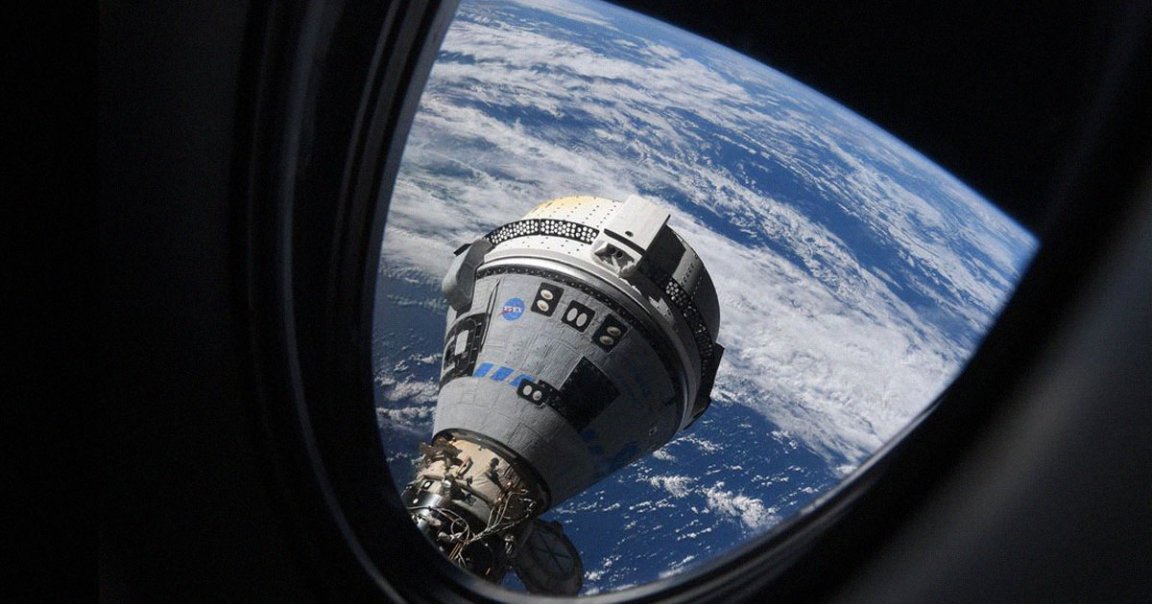
Drop Dead
In a matter of days, NASA astronauts Suni Wiliams and Butch Wilmore will launch on board the first-ever crewed Boeing Starliner to travel to the International Space Station. The pair have been in quarantine at the Kennedy Space Center since April 22 for the daring journey.
Boeing’s much-maligned Starliner has faced years of setbacks and major technical issues.
Fortunately, the brave astronauts say the trip should be smoother than previous journeys into space. The spacecraft allows the two astronauts to avoid “black zones,” as Fox Weather reports, which are areas where a crew would not survive in case of failure.
That’s a big upgrade over their previous trips onboard NASA’s space shuttle and Russia’s Soyuz spacecraft.
“There were many what we call the term ‘black zones,’ where if you had specific failures in certain parts of the trajectory as you’re getting into orbit, you could not survive,” Wilmore told Fox Weather, recalling his previous trips into orbit. “You would not survive if you had certain failures.”
“This spacecraft does not have those,” he added.
Pinpoint Landing
The plan is to launch from the Kennedy Space Center at 10:34 pm ET Monday night, spend around ten days docked to the ISS, and land in the desert with the use of three massive parachutes.
Even during its descent back to Earth, Starliner allows its crew to take over manual control, a feature that sets it apart from the competition, including SpaceX’s increasingly well-tested Crew Dragon capsule.
“You can go into a backup mode halfway through an entry and still hit the bullseye when you don’t even have your computers,” Wilmore told Fox Weather. “That’s pretty remarkable. And this is the only spacecraft that can do that.”
“We can abort from the pad all the way up through orbit,” Williams added. “So that capability is great, and we’re on the tip-top end. So we’ll be OK.”
The news comes after years of delays that have pushed back Boeing’s crewed maiden voyage. SpaceX’s Crew Dragon, which was developed under the same NASA Commercial Crew contract, has been running laps around the aerospace giant, successfully launching two test flights and eight crewed operational flights to the ISS over the past five years.
Meanwhile, Boeing has struggled with a host of technical issues, including a failed uncrewed test flight.
So despite plenty of optimism, there’s still an understandable level of trepidation involved leading up to Monday’s launch.
“I’m not going to say that ride is going to be super calm,” Willams told Fox Weather, “but we’ll be OK.”
More on Starliner: Boeing Can’t Seem to Stop Delaying Its First Astronaut Launch